Making a Feminist Show
What makes someone a feminist director?
Last winter, along with my students, I ran headlong into this question. I was teaching History of Performance Theory, a third-year undergraduate class at Western University. It was our week on feminist theory and practice, near the end of lesson, and we were about to begin a week-long break. When the question arose loads of hands went up but we didn’t have time to hear more than a few responses. Rather than shut the conversation down, I put the question on our class blog. A full third of the group weighed in online.
Some argued that feminist directors work from a feminist politic, from feminist intentions; others argued that the proof lies in outcomes. Some suggested that feminist directors are inclusive in their practice; others noted that feminism as a term suffers historically from exclusivity (often marginalizing women of colour and trans persons, for example), and so a feminist director must work to address that exclusivity before all else.
There were as many perspectives as posted comments. Everyone, however, ultimately agreed that there is no one way to be a feminist director. There can’t be: there are simply too many issues in the mix.
Around the same time that this discussion was unfolding, I got a call from the Stratford Festival’s education department, for whom I’ve given lectures and written program notes since 2005. Could I do the program notes for the upcoming production of Euripides’ Bakkhai, in Anne Carson’s 2015 translation, directed by Jillian Keiley? They thought I’d be a great fit for the task, as I’ve spent much of my career writing on women’s performance labour.
In the play, female followers of Dionysos, called the Bakkhai, occupy a mountain near Thebes with their sex- and wine-driven rituals, taking immense pleasure in each other. But their girl-power orgy turns ugly: the plays ends with Agave, mother of the Theban ruler Pentheus, mistaking her son for a lion under Dionysos’ influence and brutally murdering him.

Members of the company in Bakkhai. Photography by Cylla von Tiedemann.
Although I didn’t know the play that well, or the Carson translation at all, I eagerly agreed to write the notes—on one condition. I wanted to speak to Jill first about her plans for the piece. I didn’t want to write the notes in a vacuum, divorced from their production context.
When we finally Skyped, Jill was firm and direct: her vision was a feminist one, and she was determined to make an explicitly erotic show that deflected the male gaze and foregrounded a female one. “Who owns a woman’s orgasm?” she asked, provocatively. Jill wanted that question to organize the show’s politics, and the Bakkhic women—in their sex-positive, community-forward actions, in their “otherness,” in their often-brutal wielding of Dionysos’ power as they fight their cultural oppression in Thebes—to be the show’s heroes. With Agent Orange newly installed in the White House, and pussy hats strewn up and down the Washington Mall, I could not imagine a better way to make this ancient Greek play speak to now.
And yet even before rehearsals had properly begun, Jill was already running into trouble, into questions. Early in the creative process, she travelled to Michigan with associate director Charlotte Gowdy to visit translator Anne Carson. They spoke to her about the play and about Jill’s feminist vision for it.
Carson told them that, for her, the play was not feminist in any way. The Bakkhic women are not obvious feminist heroes: Dionysos manipulates them, controls their movements, and encourages them to support his violent quests for revenge.
When Jill and I spoke about this visit to Carson, I could tell she had been thrown by Carson’s reaction. As she told me later, she wanted the Bakkhai to be admired in their joyous, freeing sexuality, and she remained determined to represent them as heroes almost until the end of the rehearsal process.
Meanwhile, Jill was also receiving similar feedback on her feminist vision from some members of her creative team. When offers of roles in Bakkhai were made to the cast and crew, Jill sent a separate, personal letter to each team member explaining that the production’s creation would involve building a feminist framework and working with an intimacy choreographer on the explicit (though not nude) sex scenes.
Several cast members told me they did not (initially, at least) agree with the feminist angle Jill planned to pursue, though they were still plenty game to take the journey with her. (Those I spoke with all noted how moved they were by Jill’s choice to send the explanatory letter, inviting them to make an informed choice before signing on.) Rosemary Dunsmore, who plays one of the Bakkhai, told me that she chose to write back to Jill, accepting the part but expressing strong doubt that the play could be made to convey a feminist message, given the brutality of the Bakkhai. “I suspected [it] would thwart her,” Dunsmore said.
Embedded in all of these doubts (and in Jill’s sense of the Bakkhic women as heroes) is a singular narrative of feminism, with which a play like Bakkhai sits uneasily. This is a narrative in which “a feminist show” portrays women as good, strong, and sexually self-determining in an entirely positive way. By this definition, women who do bad shit, who are selfish and cruel and even hurt other women, can’t be in a feminist show; they can’t even qualify as feminist. But the truth, as my students realized back in the winter, is that contemporary feminism is as complex, as diverse, as rich, and as paradoxical as are the humans who practise it.

Members of the company in Bakkhai. Photography by Cylla von Tiedemann.
The questions Jill and her team faced from the outset of their process were very similar to the ones that had shaped my students’ debate: How do we define a feminist intention, or a feminist outcome, especially in a moment when feminism’s internal complexities are rarely visible (or respected) in the popular public sphere? Can a feminist show be nuanced in its messaging, even at times contradictory, and still “land”? Are feminists always “good” people?
During our first Skype discussion, after we had been speaking for the better part of an hour, Jill asked me if I would come to a rehearsal and talk to the cast and crew. “Just let them ask you questions about feminism,” she said. She told me I could be the feminist-in-residence, the in-house expert. In exchange she offered me access: the chance to sit in on some rehearsals, the chance to watch her vision evolve, to understand from the inside how challenging it would be to realize.
We had a deal.
When I met the group one Wednesday morning in March, we began with a cheery warm-up game that included every single one of us. I instantly felt part of the team. Then we sang “Happy Birthday” to cast member Graham Abbey, which caused me to experience a minor fangirl moment (I think I hid it well). After this light-hearted start, we sat in a circle, the normal configuration for the “debate and discussion” portion of the cast and crew’s time together. I felt strongly the sense of bondedness, the ethos of community, that animated the space (and that, I later learned from Dunsmore, animates all of Jill’s rehearsal rooms as a matter of course).
When I had agreed to come to the rehearsal, I thought I was stealing an hour of the cast’s practice time in order to “explain” feminism to them. I didn’t realize that I had, in fact, been invited to enter a space of rigorous discussion that the creative team inhabited together all the time.
Bakkhai rehearsals always began with debates over big ideas related to the play-world—is there a god? do we have free will?—in which cast and crew were assigned sides. These provided nuance into the many ethical issues tabled by the play: Do I have a responsibility toward my community to temper my pursuit of pleasure? Should women be supportive of one another regardless of whether or not they like, or agree with, each other? Is violence a just response to personal or community oppression?
But the debates also offered key embodied insight into the experience of fundamentalism—and into just how easily one can become prone to it. As cast member Diana Tso told me, always being assigned sides meant cast members were asked repeatedly to live inside multiple, divergent perspectives, exploring where individual perspectives and orthodoxies originate, when “someone is so pro-this, or pro-that.”
The debates gave the cast a chance to peg their characters’ developments to the social, cultural, and historical contexts shaping the play. Even more importantly, though, they provided an opportunity for team members to get to know and understand one another personally but also intellectually, on a level playing field, and in a room designed to be utterly open, absolutely equal, and completely safe. (This included paying special attention to gendered language. As Dunsmore and Gowdy explained to me, team members of all genders were encouraged to check their use of diminutives like “girls” and “boys”.)
I got a sense of the eclecticism and openness of the cast and crew’s discussion space during that first meeting with them. The cast were warm and respectful, but their questions were hard. If the Bakkhic women are brutal, violent, full of fundamentalist rage, how can they enable a feminist politic? Where do the men fit into a vision that inherently excludes them? (Does it?) With the women being “foreigners,” what role might intersectionality play in a feminist approach to this play? How can we reconcile to feminism the most pressing contradictions in the play—for example, when the Bakkhic women celebrate Agave, but then use her to feed their violent revenge?
I talked about feminism as a critique of patriarchy, and patriarchy as an ideology that deploys both men and women to uphold the damaging binary (men vs. women; men above women) on which its power rests. I explained that women often make the best patriarchs: if you sense you can make the system work for you, you sure as hell are going to try. Together, we discussed feminism as a critical practice that tries to unpack the violence patriarchy causes and also to imagine more equitable alternatives to it. That mandate includes both women and men as participants: as victims, as villains, as supporters, and as resistors.
Feminism, in other words, is not straightforward, and it’s rarely “nice” in any traditional way. Maybe a feminist show shouldn’t be, either.
It was no easy road, but such is exactly the show Jill and her team have made. The idea of feminist heroics with which she began has given way, over weeks of rehearsals filled with hard struggle over her vision, to a sharp complexity.

Members of the company in Bakkhai. Photography by Cylla von Tiedemann.
The production offers a lyrical, disarmingly beautiful telling of violent, single-minded, but also ostracized and vulnerable women. Far from heroes, these are women who experience patriarchy as their drug, and whose actions seductively reveal how brutal patriarchy’s endgames can be for people of all genders. (They are the women who voted for Trump, says cast member Laura Condlln. They are the women who join ISIS, counters cast member Jasmine Chen.)
They are also deeply complex characters, women whose internal motivations are neither linear nor necessarily visible to all. The process of creating the Bakkhic chorus involved each actor developing a personal history for her character, one which was shared with the others in the chorus but not further. (The text notes only that they are foreigners from Asia.)
As Chen recalled, “What was amazing about hearing each other’s backstories was that they were all very specific. It made our group all the richer for having women from different parts of the globe, sharing how patriarchy had affected them—often in a culturally specific way. I chose to come from China, where there are still many forced marriages that occur when young women are abducted from small villages and sold to men in cities.”
The show’s complexity has been recognized by thoughtful reviews in The Globe and Mail and the Toronto Star, and it has been recognized by audiences, too. When I spoke with Bakkhic women Chen, Condlln, and Dunsmore and associate director Gowdy a couple of weeks ago, they reported an intense level of listening amongst spectators. (The Bakkhai are on stage throughout the performance, often seated in the aisles of the Patterson auditorium, and thus are privy to audience affect in a very rare, intimate way.) Rather than dictating a particular brand of feminist politics, the piece has evolved to provoke, to encourage audiences to leave with the same kinds of questions that shaped the team’s formative rehearsal debates.
Spectators are invited to experience a process of inquisitiveness, an intellectual challenge, not a finished ideological product. And ultimately, for me as a feminist researcher, it is as much process as product that has made this Bakkhai such a good example of feminist theatre circa 2017.
Crucially, Jill did not wrestle with her vision in a vacuum, although she readily admits the struggle kept her up at night. Rather, it was the discussion and the debate, the exploration and the discovery, the questioning and the challenging of the whole team that shaped the show into what it finally became. Gowdy explained to me Jill’s model of directing: it’s not a pyramid, with director at the top and all other creative workers underneath; rather, it’s a horizontal plane, with director at the front as a guide, every artist equal beside her. The show is the director’s to navigate, but the process of its shaping is everyone’s to own, with input fulsomely recognized and respected.
This is not, obviously, directing-as-usual. There’s no “strong leader” at the top, imposing a forceful will. But it’s also not at all the chaotic catastrophe that many a directing student is taught to expect if they don’t keep both hands firmly on the creative tiller. Chen, Condlln, Dunsmore, and Gowdy expressed to me their extraordinary trust in and respect for Jill throughout the process, even when uncertainty was high and the show’s framework seemed every inch in doubt. Chatting with me, they returned again and again to reference the debates they’d had early on. Those shaped the ethos of the show and built the community of practice that would ultimately render it. The debates allowed everyone on the team to buy into the process of making, and to rest assured on one another’s skill and commitment.
This is feminist labour, in the best and most ideal sense of the term: receptive to multiple perspectives, supportive, safe. Non-linear, non-hierarchical, non-binary, non-divisive. Full of healthy disagreement, full of healthy respect. And more: “We [the Bakkhai] are political activists as characters,” Dunsmore noted, “but I feel this way as an actor. So many things in life right now point back to this play. It’s a privilege to be in the chorus, a part of this unity. This feels like activism. It’s a political play.”
The work Jill and her artists have made in Bakkhai mobilizes the first half of the feminist mandate I mentioned earlier: feminism as a critical practice tries to unpack the violence patriarchy causes. But the journey that got them to this point has surely enacted the latter half, too: to imagine more equitable alternatives, in the living of life, and in the making of art.
Bakkhai is on now at the Stratford Festival. For tickets or more information, click here

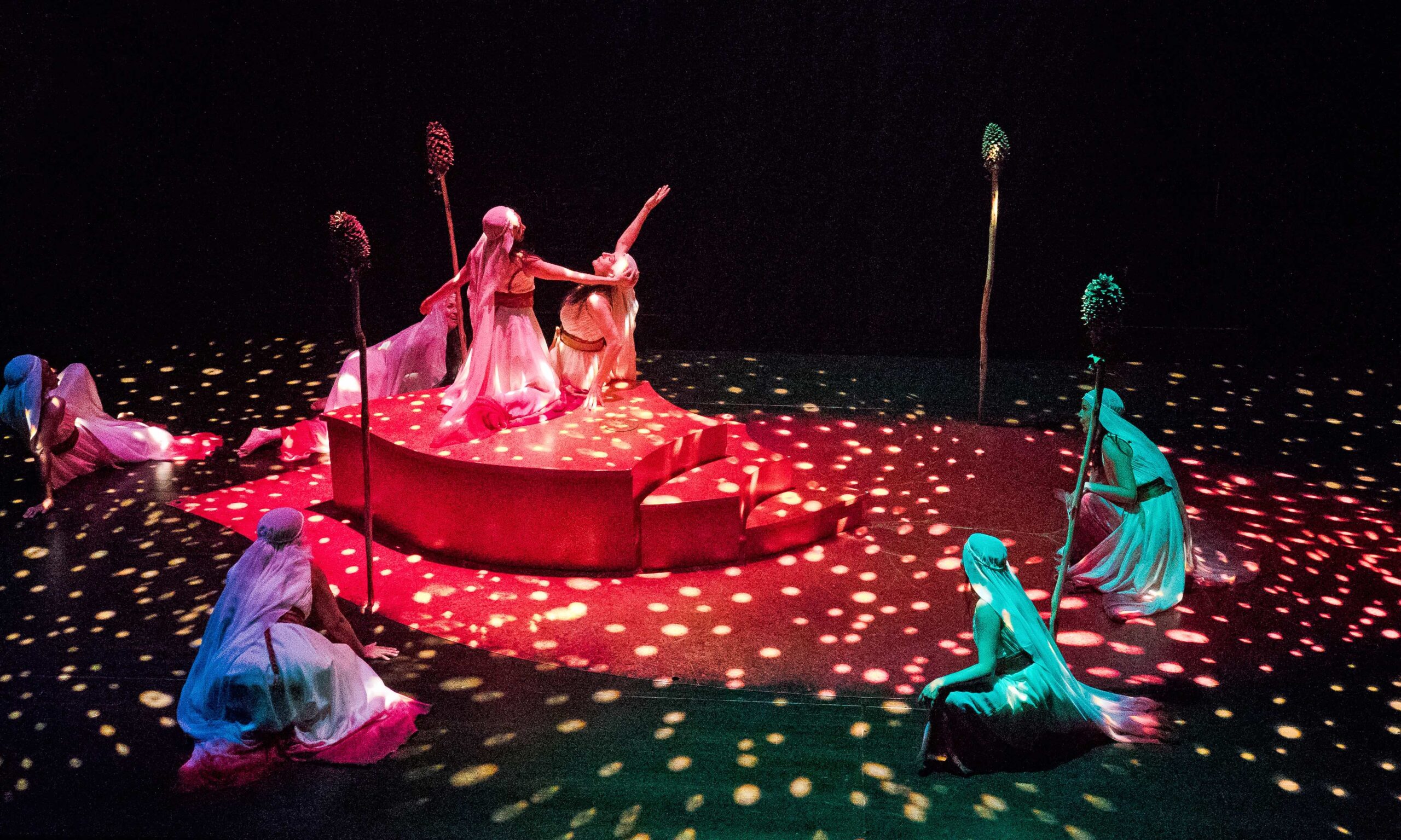
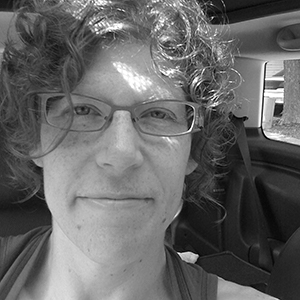
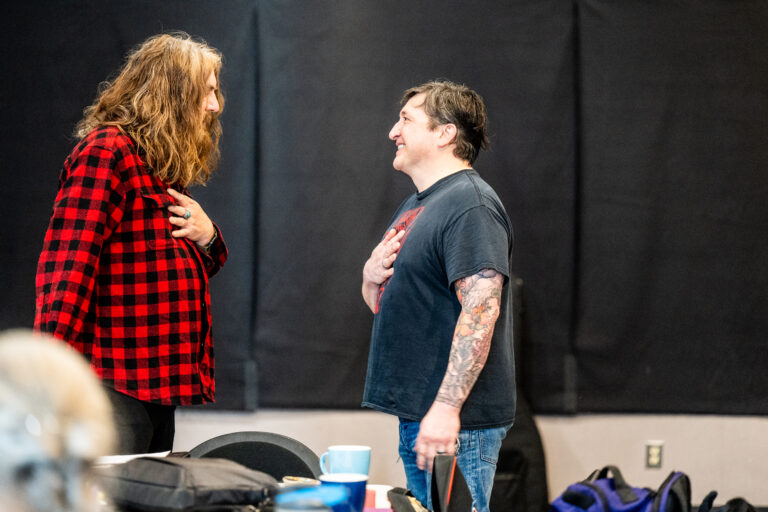
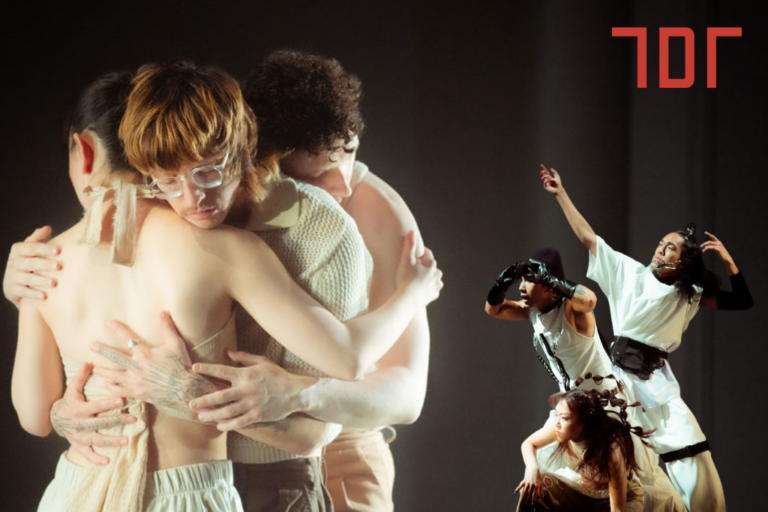
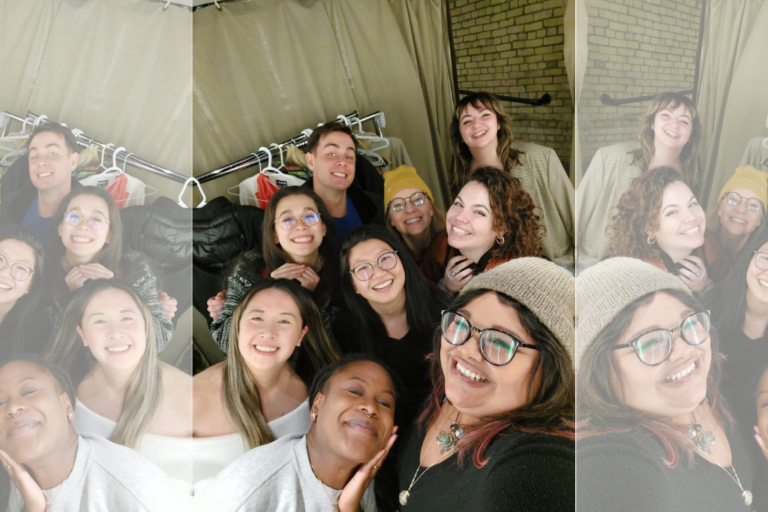
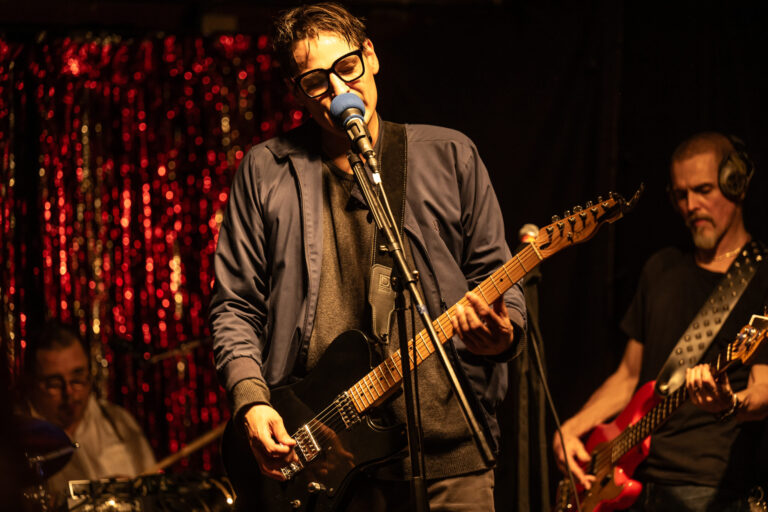
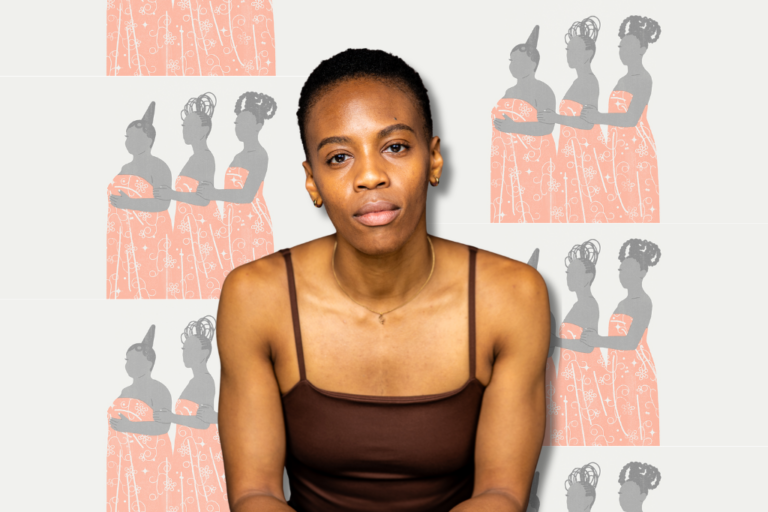
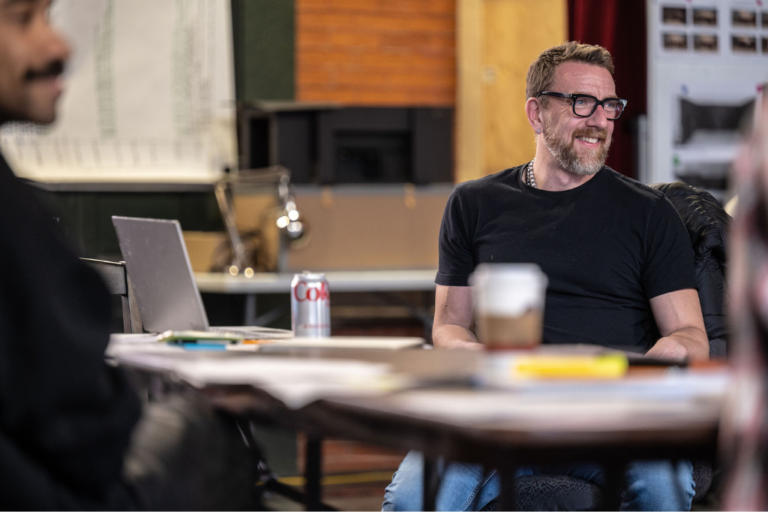
Comments